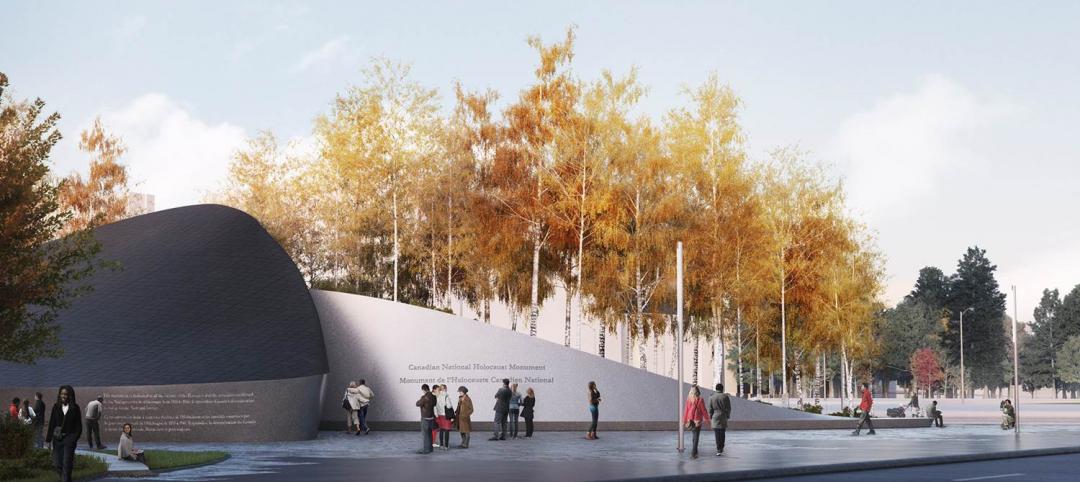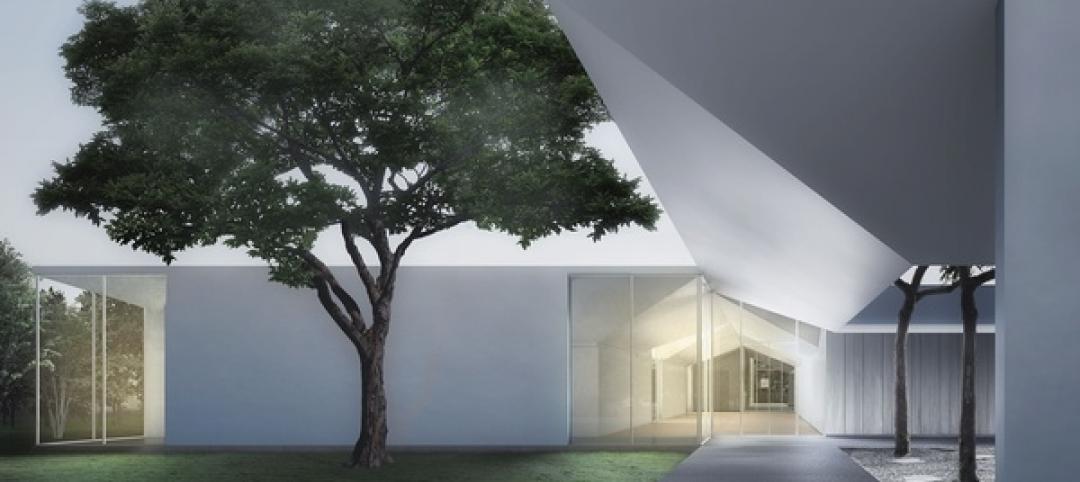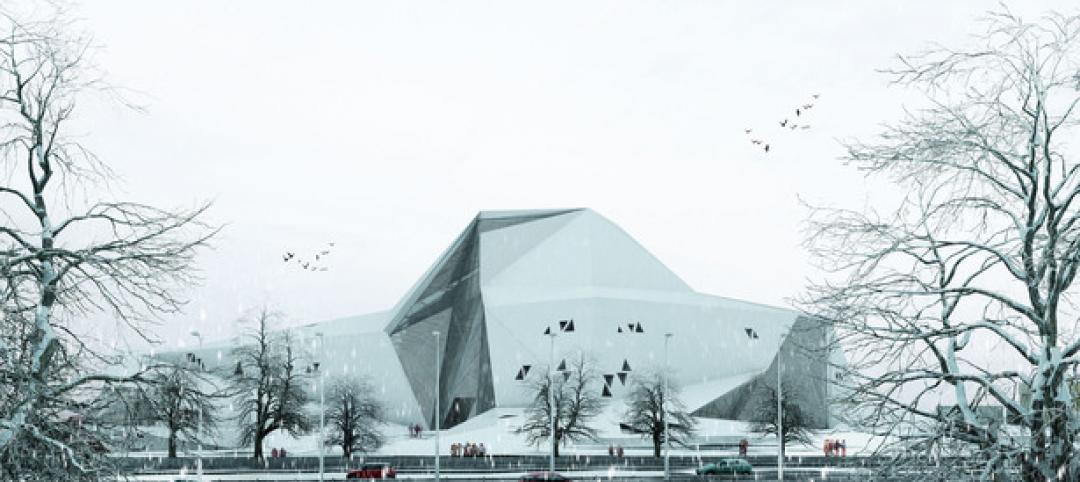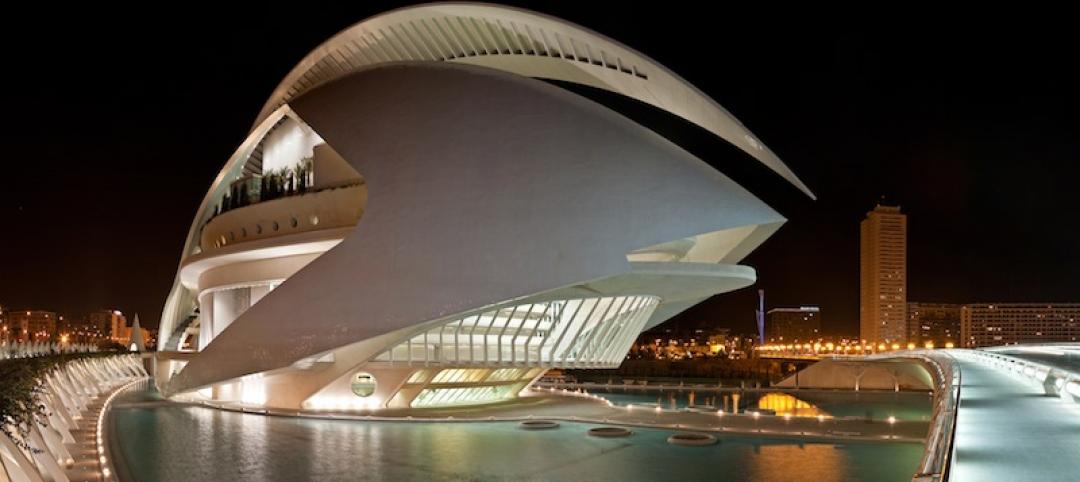
Opened in 1933, the observation deck at Rockefeller Center was designed to evoke the elegant promenades found on the period's luxury transatlantic liners—only with views of the city's skyline instead of the ocean. In 1986 this cultural landmark was closed to the public and sat unused for almost two decades. Last November, the observation deck was reopened following a $75 million renovation that restored the Art Deco masterpiece to perfection.
 |
| PHOTO: BOB ZUCKER |
Key to the deck's renovation was the creation of a full Top of the Rock “experience.” Visitors begin their tour in the building's new three-story atrium lobby, where sweeping glass stairs circle around a giant Swarovski chandelier with 14,000 crystals. Rockefeller Center's elevator room was moved and extended by the Building Team to make room for a set of new elevator cars dedicated to whisking guests to the now-combined 67th, 69th, and 70th floors.
 |
| Closed for nearly two decades, the observation deck at Rockefeller Center has been restored to its original 1933 Art Deco appearance. New features include a nine-foot-tall, basesupported safety wall fitted with nonreflective glass panels to ensure unobstructed views of Central Park and the skyline. PHOTO: BOB ZUCKER |
At the top, visitors can wander through a series of rooms and terraces leading upward to the Grand Viewing Deck, encountering exhibits and a theater focused on the history of Rockefeller Center along the way. An interactive display gives visitors the illusion of walking a structural steel beam suspended 67 stories above the street.
Out on the decks and terraces, the Building Team restored the shot-sewn limestone and cast aluminum fleur-de-lis panels. They installed new nine-foot-tall, base-supported, nonreflective peri-glass safety barriers that withstand 100-mph winds. A coil snow melt system was also added to keep the deck from becoming slushy or dangerously icy. The result: 360-degree views of the Big Apple, in a setting worthy of the name Top of the Rock.
Related Stories
| Feb 28, 2014
Six finalists selected in design competition for Canadian Holocaust monument
David Adjaye and Daniel Libeskind are among the finalists for the National Holocaust Monument, planned near the Canadian War Museum in Ottawa.
| Feb 24, 2014
New Menil Drawing Institute will fit in with leafy surroundings
In Houston, plans are being finalized for the first freestanding American building built to house and conserve modern and contemporary drawings.
| Jan 30, 2014
How reverse engineering nature can spur design innovation
It’s not enough to copy nature. Today’s designers need a deeper understanding of environmental nuance, from the biome in.
| Jan 28, 2014
16 awe-inspiring interior designs from around the world [slideshow]
The International Interior Design Association released the winners of its 4th Annual Global Excellence Awards. Here's a recap of the winning projects.
| Jan 27, 2014
A climber's dream: Rock climbing hall planned near Iran's highest peak
Forget the rock climbing wall. A developer in Iran is building a rock climbing hall. That's right, an entire building dedicated to the sport, with more than 48,000 sf of program space.
| Jan 17, 2014
Crystal Bridges Museum will move Frank Lloyd Wright house from New Jersey to Arkansas
Numerous architectural experts have concluded that moving the Bachman Wilson House offers its best hope for long-term survival.
| Jan 13, 2014
Custom exterior fabricator A. Zahner unveils free façade design software for architects
The web-based tool uses the company's factory floor like "a massive rapid prototype machine,” allowing designers to manipulate designs on the fly based on cost and other factors, according to CEO/President Bill Zahner.
| Jan 11, 2014
Getting to net-zero energy with brick masonry construction [AIA course]
When targeting net-zero energy performance, AEC professionals are advised to tackle energy demand first. This AIA course covers brick masonry's role in reducing energy consumption in buildings.
| Dec 30, 2013
Calatrava facing legal action from his home town over crumbling cultural complex
Officials with the city of Valencia, Spain, are blaming Santiago Calatrava for the rapid deterioration of buildings within its City of Arts and Sciences complex.
| Dec 19, 2013
Mastering the art of crowd control and visitor flow in interpretive facilities
To say that visitor facility planning and design is challenging is an understatement. There are many factors that determine the success of a facility. Unfortunately, visitor flow, the way people move and how the facility accommodates those movements, isn’t always specifically considered.
















